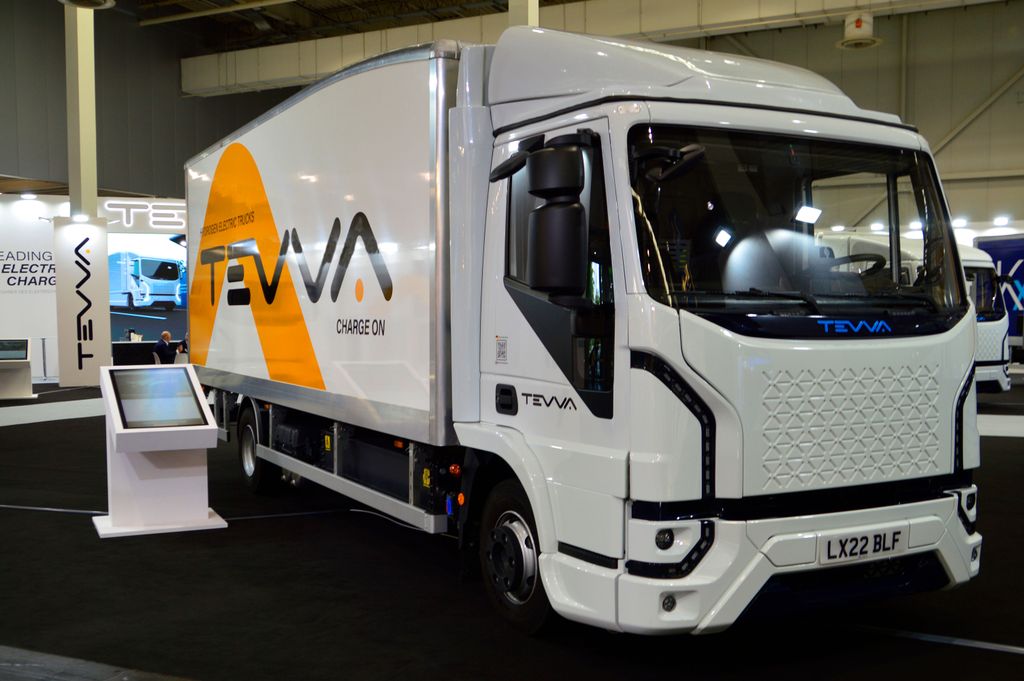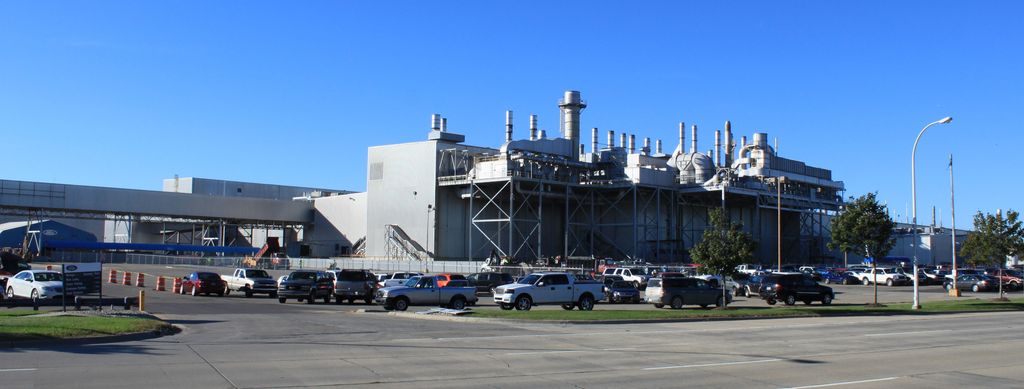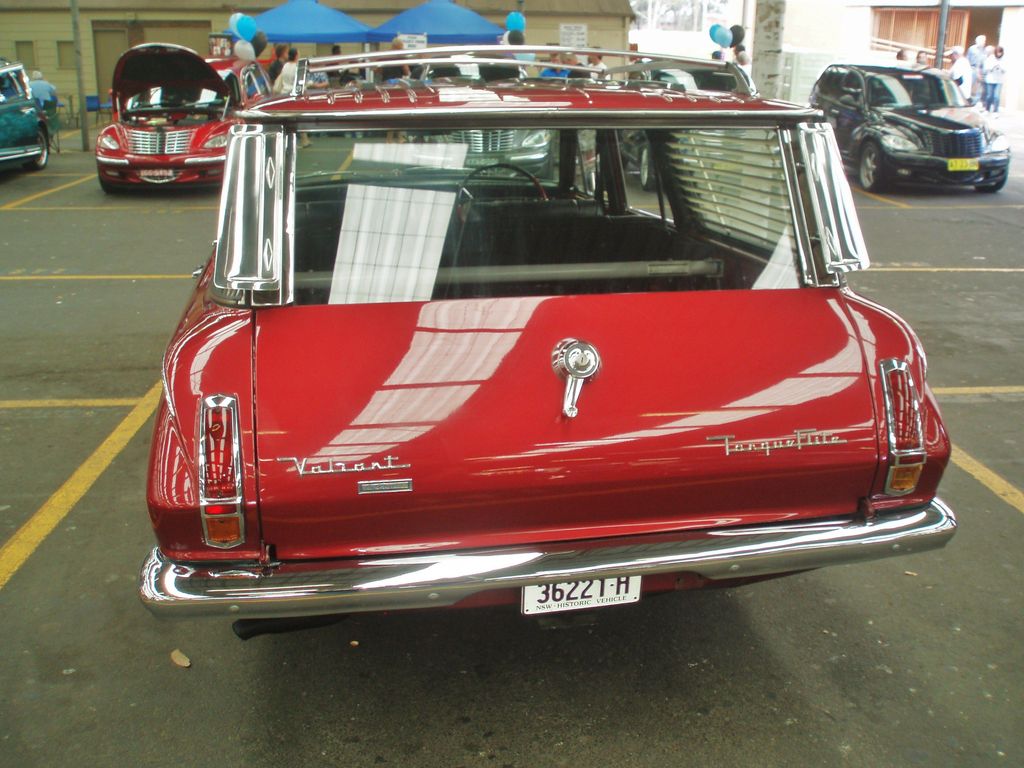
Ford Motor Co. has embarked on a transformative journey, signaling a profound shift in its electric vehicle strategy with a substantial investment totaling approximately $5 billion. This ambitious initiative focuses on the comprehensive retooling of its Louisville Assembly Plant in Kentucky, marking a pivotal moment as the facility transitions from seven decades of gas-powered vehicle production to the manufacture of cutting-edge electric models.
At the heart of this strategic pivot is a nearly $2 billion allocation to the Louisville plant, alongside a previously announced $3 billion investment in a Michigan battery factory. This combined financial commitment underscores Ford’s resolve to produce electric vehicles that are not only more affordable but also significantly more profitable to build, positioning them to outcompete rival models in an increasingly competitive global market.
Jim Farley, Ford’s President and CEO, conveyed the profound significance of this undertaking to plant workers in Kentucky, stating, “In our careers, as automobile people, we’re lucky if we get to work on one, maybe two, projects that really change the face of our industry.” He added, “And I believe today is going to light the match as one of those projects for all of us here.” This sentiment encapsulates the monumental scale of the transformation underway.
The strategic imperative for Ford is clear: to establish a sustainable and profitable electric vehicle business. Despite the current administration scaling back incentives for automakers to adopt electric technology, including the imminent removal of a credit that could save buyers up to $7,500 on a new electric car, Farley and other top executives in the auto industry maintain a steadfast conviction that electric vehicles represent the undisputed future, a path from which there is no return.

This visionary push is being hailed internally as a “Model T moment” for Ford’s electric vehicle business, a direct homage to the revolutionary production line innovations pioneered by Henry Ford more than a century ago. Farley emphasized that these changes will fundamentally transform how electric vehicles are designed and manufactured within the United States.
He further elaborated on this profound shift, asserting, “It represents the most radical change in how we design and how we build vehicles at Ford since the Model T.” This historical parallel underscores the company’s commitment to disruptive innovation, aiming to set new benchmarks for efficiency and affordability in the EV sector.
The cornerstone of Ford’s new production paradigm is the development of a universal platform and production system for its electric vehicles. This innovative foundation is designed for versatility, capable of being applied across a diverse range of models, thereby streamlining the manufacturing process and enhancing economies of scale.
The revamped Louisville factory, one of two Ford assembly plants located in Kentucky’s largest city, is undergoing extensive modernization aimed at drastically reducing production costs and accelerating assembly times. This transformation is crucial for enabling the high-volume production of electric vehicles at a competitive price.
Farley affirmed the anticipated outcome of these reconfigurations, stating in an interview with The Associated Press ahead of the official announcement, “We expect to produce an affordable electric vehicle that will be profitable.” He further underscored the broader significance, adding, “This is an example of us rejuvenating our U.S. plants with the most modern manufacturing techniques.”
Central to the efficiency gains is the new platform’s ability to support a lineup of affordable vehicles produced at scale. Ford’s projections reveal substantial reductions in material and labor requirements: a 20% decrease in parts compared to a typical vehicle, 25% fewer fasteners, and an impressive 40% reduction in workstations from dock-to-dock within the plant.
Moreover, the new system is expected to result in a 15% faster overall assembly time for new models. Some reports suggest that the integration of the Universal EV Production System and Platform could mean assembly of the new electric truck might be up to 40% faster than that of the Assembly Plant’s current vehicles, which include models like the Ford Escape and Lincoln Corsair.
The traditional assembly line, a staple of automotive manufacturing for over a century, is being reimagined into an “assembly tree” at the Louisville plant. This radical departure from the conventional single-long conveyor system involves three subassembly lines operating concurrently, subsequently converging to complete the vehicle.
This novel approach to assembly allows for greater modularity and efficiency. Big, single aluminum pieces are replacing numerous smaller parts, facilitating the separate construction of the front and back of the vehicle. These sections are then seamlessly joined to a structural battery, which itself is assembled independently, complete with interior components like seats, consoles, and carpeting.
Further enhancing productivity and ergonomics, parts will be delivered to operators on the assembly tree in meticulously organized kits. These kits contain all necessary fasteners, scanners, and power tools, pre-oriented for immediate use, minimizing worker movement and optimizing task focus.
Read more about: Inside Tesla’s Factories: A Deep Dive into Allegations of Racism, Drug Use, and Unsafe Labor Practices

Ford has also emphasized that the new Universal EV Production System will significantly enhance employee ergonomics by reducing the need for twisting, bending, and reaching. This thoughtful design enables workers to concentrate more intently on their tasks, contributing to both improved efficiency and enhanced quality.
Doug Field, Ford’s Chief EV Digital and Design Officer, highlighted the ingenuity behind these changes. He noted, “We have assembled a truly brilliant assembly of minds across Ford and unleashed them to find new solutions to old problems.” He added, “We have applied first-principles engineering, pushing the limits of physics to make driving enjoyable and compete on affordability.”
Field further underscored the technological advancement, stating, “Our new zonal electric architecture unlocks capabilities that the industry has never seen before. This is not a stripped-down, old-school vehicle.” This commitment to cutting-edge design and engineering reflects Ford’s intent to lead, rather than merely follow, in the EV revolution.

Bryce Currie, Ford’s Vice President of Americas Manufacturing, echoed this sentiment regarding dramatic progress. He remarked, “We are committed to continuous improvement, but sometimes a dramatic leap forward is necessary.” He concluded, “We anticipate that ergonomic breakthroughs and complexity reduction — achieved through the elimination of parts, connectors, and wires — will translate into significant improvements in quality and cost savings.”
The inaugural electric vehicle scheduled for production at the revamped Louisville facility in 2027 will be a midsize, four-door electric pickup truck, targeting both domestic and international markets. This choice reflects a strategic focus on a segment in which Ford already has a strong market presence and expertise.
While some specifications for this new electric truck, such as its reveal date, EPA-estimated battery range, battery sizes, and charge times, are yet to be announced, Ford has revealed a targeted starting price of approximately $30,000. This aggressive pricing strategy aims to make the new EV pickup one of the most affordable options available, significantly undercutting current models like the Ford F-150 Lightning pickup, which has a starting price of around $55,000.
Performance metrics for the new electric trucks are equally compelling. Ford projects a targeted 0-60 time as fast as that of a Mustang EcoBoost, complemented by enhanced downforce. The design prioritizes practicality and comfort, offering ample interior space to comfortably seat five adults, surpassing the passenger area of a recent Toyota RAV4, even without considering the trunk and truck bed.

Powering these next – generation electric trucks will be lower – cost batteries manufactured at Ford’s Michigan factory. This strategic vertical integration, which is bolstered by the $3 billion investment in the battery plant, is crucial for achieving the desired cost efficiencies and profitability for the entire EV lineup.
The investment in the Louisville plant alone is projected to secure 2,200 hourly jobs, providing a significant boost to the local economy. Ford’s combined investment of approximately $5 billion across the Kentucky assembly plant and the Michigan battery plant is expected to create or secure nearly 4,000 direct jobs across the two facilities.
This investment also serves to strengthen the domestic supply chain, fostering partnerships with dozens of new U.S. – based suppliers. This commitment to American manufacturing is in line with broader national economic objectives and reinforces Ford’s status as a leading domestic automaker, which is already producing more cars in America than any other manufacturer.
Kentucky Governor Andy Beshear hailed Ford’s plans for the Louisville plant as a reinforcement of the more – than – century – old partnership between Ford and the Bluegrass State. He stated, “This announcement not only represents one of the largest investments on record in our state, but it also elevates Kentucky’s position at the center of EV – related innovation and solidifies the Louisville Assembly Plant as an important part of Ford’s future.”
Governor Beshear further remarked on the enduring collaboration, saying, “We thank Ford’s leaders for their continued faith in Kentucky and our incredible workforce. Ford and Kentucky have been a tremendous team for more than 100 years, and this partnership has never been stronger than it is today.” The Louisville Assembly Plant itself is scheduled for expansion, increasing by 52,000 square feet, and will receive significant digital infrastructure upgrades, including the fastest network and the most access points of any Ford plant globally, which will enhance quality control through advanced scanning capabilities.
Despite these ambitious plans, Ford’s electric vehicle business, Model e, faced substantial financial headwinds in 2024, posting a full-year loss of $5.08 billion, with revenue falling 35% to $3.9 billion. This backdrop underscores the critical need for the new EV strategy to deliver on its promises of affordability and profitability.

The competitive landscape also constitutes a significant factor. Chinese automakers are rapidly expanding their global presence, offering relatively affordable electric vehicles that pose a challenge to established players. Ford’s new strategy serves as a direct response to this intensifying global competition.
Farley directly addressed the competition from China, stating to The Associated Press, “We are not engaged in a race to build the most electric cars. We are in a race to establish a sustainable and profitable electric business that customers love.” He confidently added, “And this new vehicle manufactured in Louisville, Kentucky, will be a far superior solution compared to anything that anyone can purchase from China.”
Crucially, Ford has made the strategic decision to undertake this extensive EV project within the United States, specifically at the Kentucky plant, despite the potential for lower labor costs and currency advantages if it were launched overseas. This choice reflects a deliberate commitment to “taking the fight to our competition” on home soil, as Farley articulated at the event.
Read more about: AI Challenger Perplexity Launches $34.5 Billion Bid for Google Chrome, Intensifying Antitrust Remedies Debate and Reshaping the Search Landscape

However, Farley also delivered a sober assessment of the inherent risks associated with such a transformative endeavor. He cautioned, “There are no guarantees” regarding the project, acknowledging the complexities of pioneering so many new processes and designs simultaneously.
“We are undertaking so many new initiatives that I cannot assure you with 100% certainty that everything will proceed as planned,” Farley admitted. He characterized the venture as a calculated risk, stating, “It is a bet. There is risk. The automotive industry has a graveyard littered with affordable vehicles that were launched in our country with the best of intentions. And they ended up with idle plants, laid – off workers, and financial losses.”
Farley underscored Ford’s determination to break this historical cycle of well – intentioned but ultimately unsuccessful ventures. He articulated the radical approach, stating, “We adopted a radical approach to a very difficult challenge: Create affordable vehicles that delight customers in every significant aspect—design, innovation, flexibility, space, driving pleasure, and cost of ownership—and do it with American workers.”
He further explained the necessity of this bold strategy, noting, “Nobody wants to witness another well – intentioned but failed attempt by a Detroit automaker to produce an affordable vehicle that results in idled plants, layoffs, and uncertainty. So, this has to be a profitable business. From Day 1, we knew there was no incremental path to success. … We reinvented the moving assembly line.” This reflects a profound understanding of past industry failures and a resolute commitment to a more sustainable, profitable future.

While the conversion at the Louisville plant will initially necessitate approximately 600 fewer jobs than its current requirements, partly due to the enhanced efficiency of the new assembly line, Farley indicated that these workers would have opportunities elsewhere. He suggested that some could be relocated to the Kentucky Truck plant, another significant Ford facility in Louisville, and that additional EV models would be introduced to the Louisville Assembly plant in the future.
He reassured, “So the 2,200 (jobs) is merely the starting point.” Furthermore, he highlighted the creation of 1,700 new jobs in Michigan associated with the battery plant, affirming, “The 600 individuals here will have ample work to undertake.” This underscores Ford’s comprehensive approach to workforce management during this transition.
As Ford advances with this profound re – engineering of its manufacturing process and product lineup, the industry observes with keen interest. The commitment to a universal platform, an “assembly tree” production system, and a highly competitive $30,000 electric pickup truck embodies a bold strategic move. It is a maneuver that not only endeavors to restore profitability in its EV segment but also aims to cement Ford’s lasting legacy as an innovator in the automotive world, akin to the transformative impact of the Model T a century ago. This is more than an investment; it is a fundamental redesign of how Ford envisions its future, deeply rooted in American innovation and manufacturing excellence.



